How to save water in the garden
Find out what simple changes you can make in your garden to save water outside and make a big difference to the environment.
Why it's important to save water
We use water every day, but there’s not an endless supply. With a growing population, the need to take less water from the environment and climate change causing more floods and droughts, our water resources are under pressure.
Taking steps to save water now will help make sure that we have enough to go around in the future. The good news is, small changes to your daily routine can make a big difference.
We all love beautiful, thriving gardens but there are ways that we can take care of them more responsibly to save water and protect our environment.
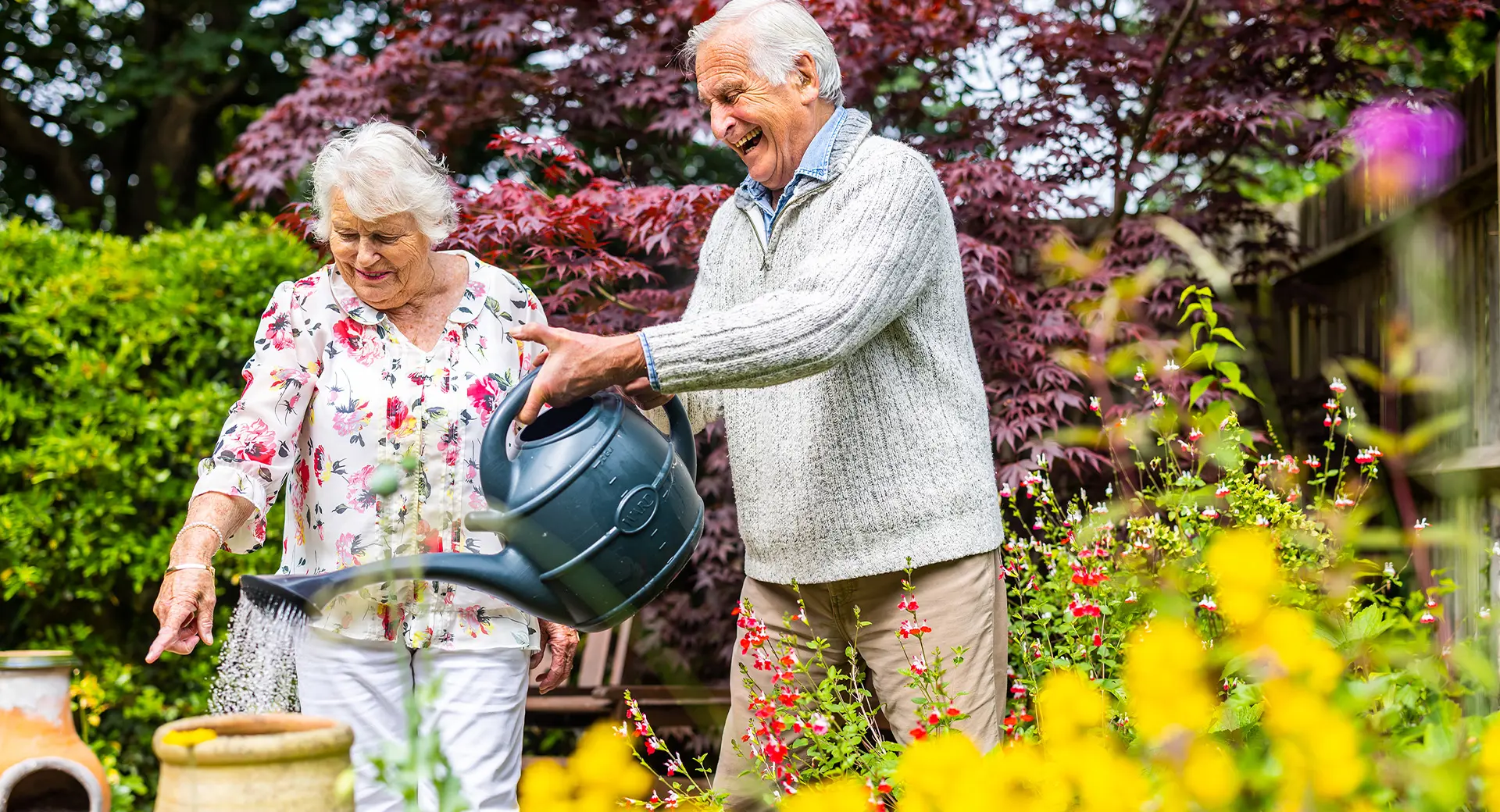
Water saving tips in the garden
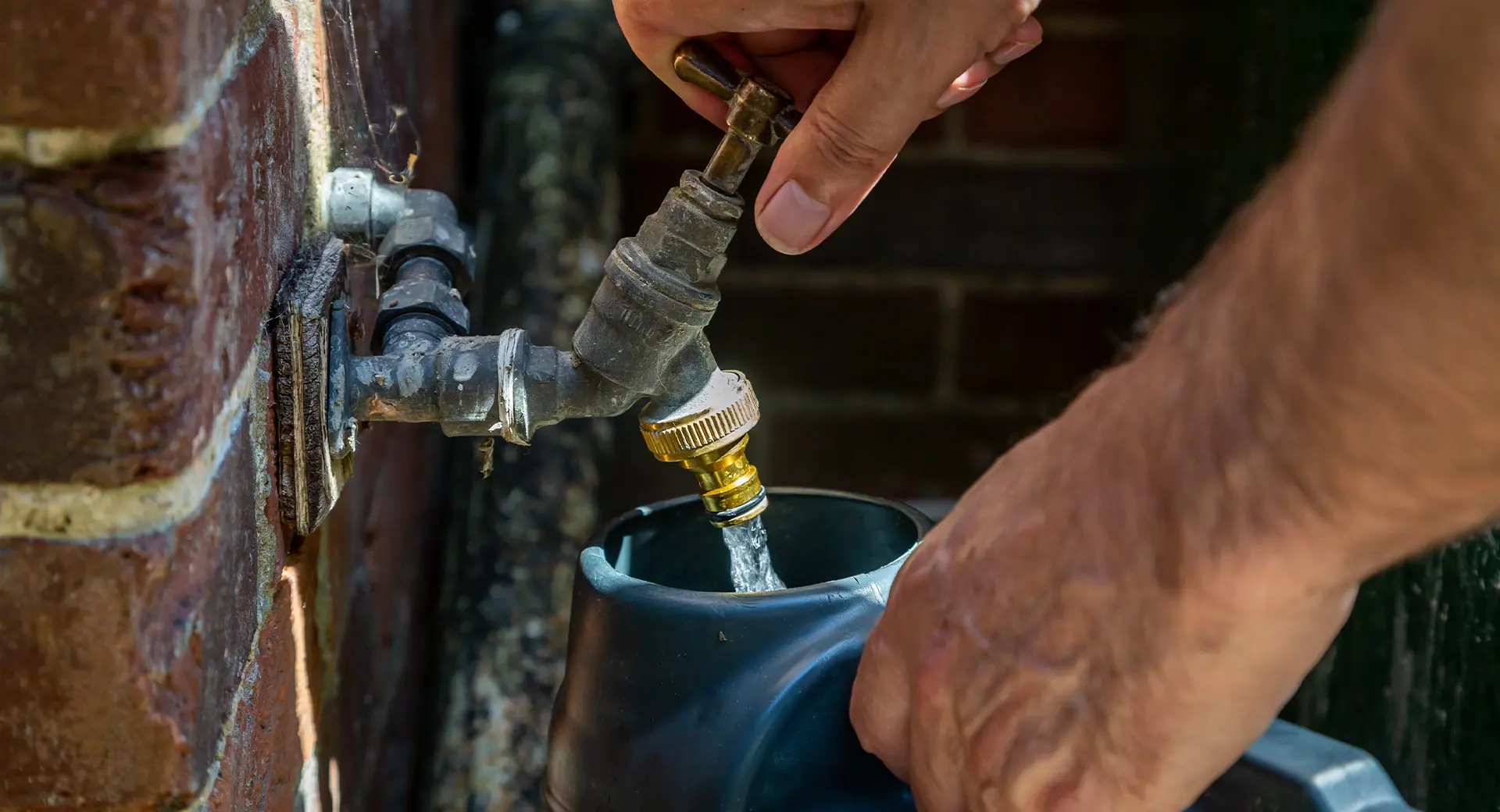
Use a watering can instead of a hose or sprinkler
Hosepipes or sprinklers can use as much as 1,000 litres of clean water an hour. Using a watering can could save up to 4,050 litres a year. You could save even more by filling your watering can with dishwater or leftover water used to boil vegetables or pasta.
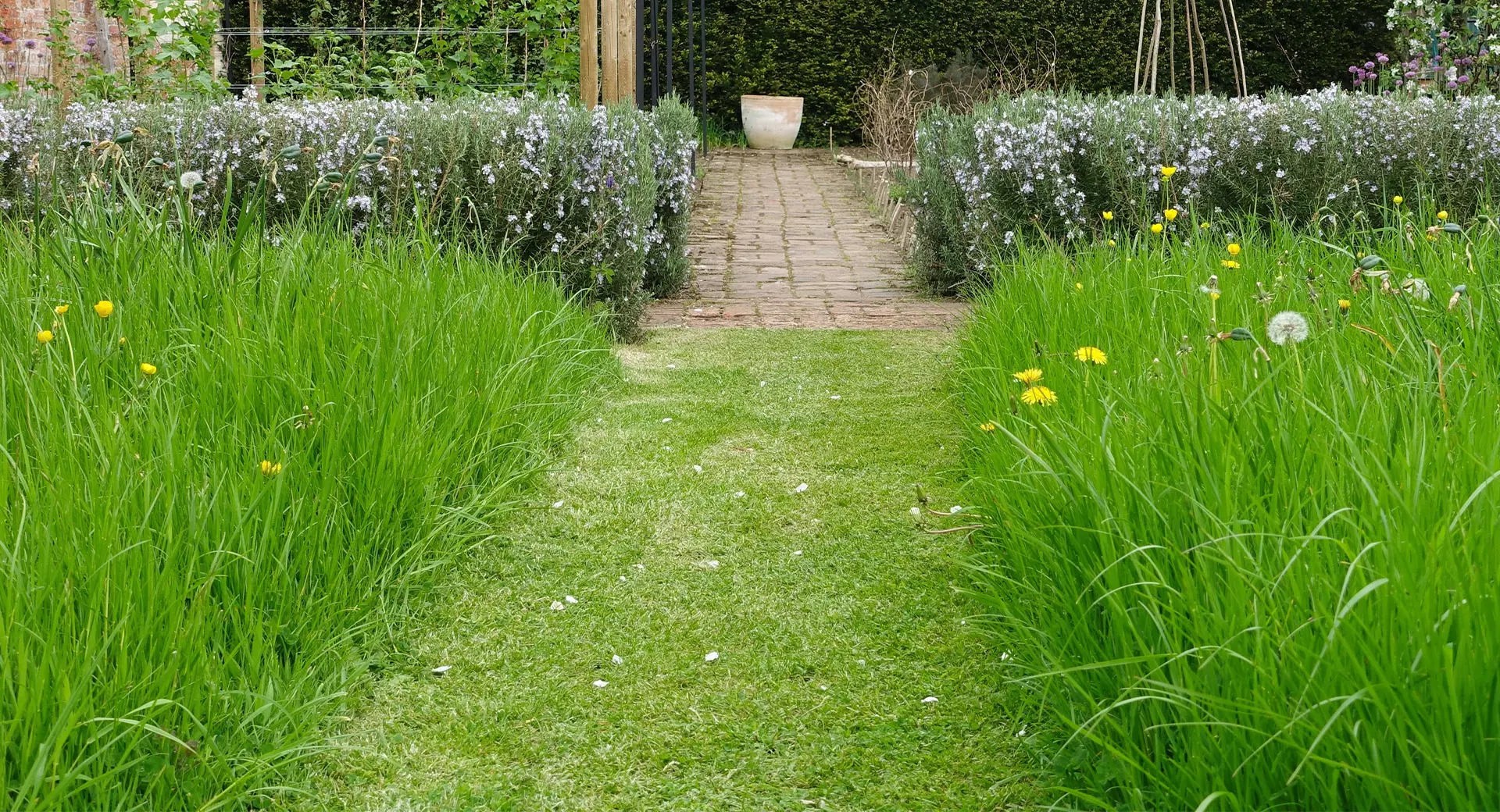
Leave your lawn
Lawns go brown in dry weather, but they soon bounce back after rainfall so there's no need to water in between. You can also retain the lawn’s moisture for longer by giving the roots some shade, for example, by letting your grass grow longer during dry spells and leaving the cuttings on the ground after a trim.
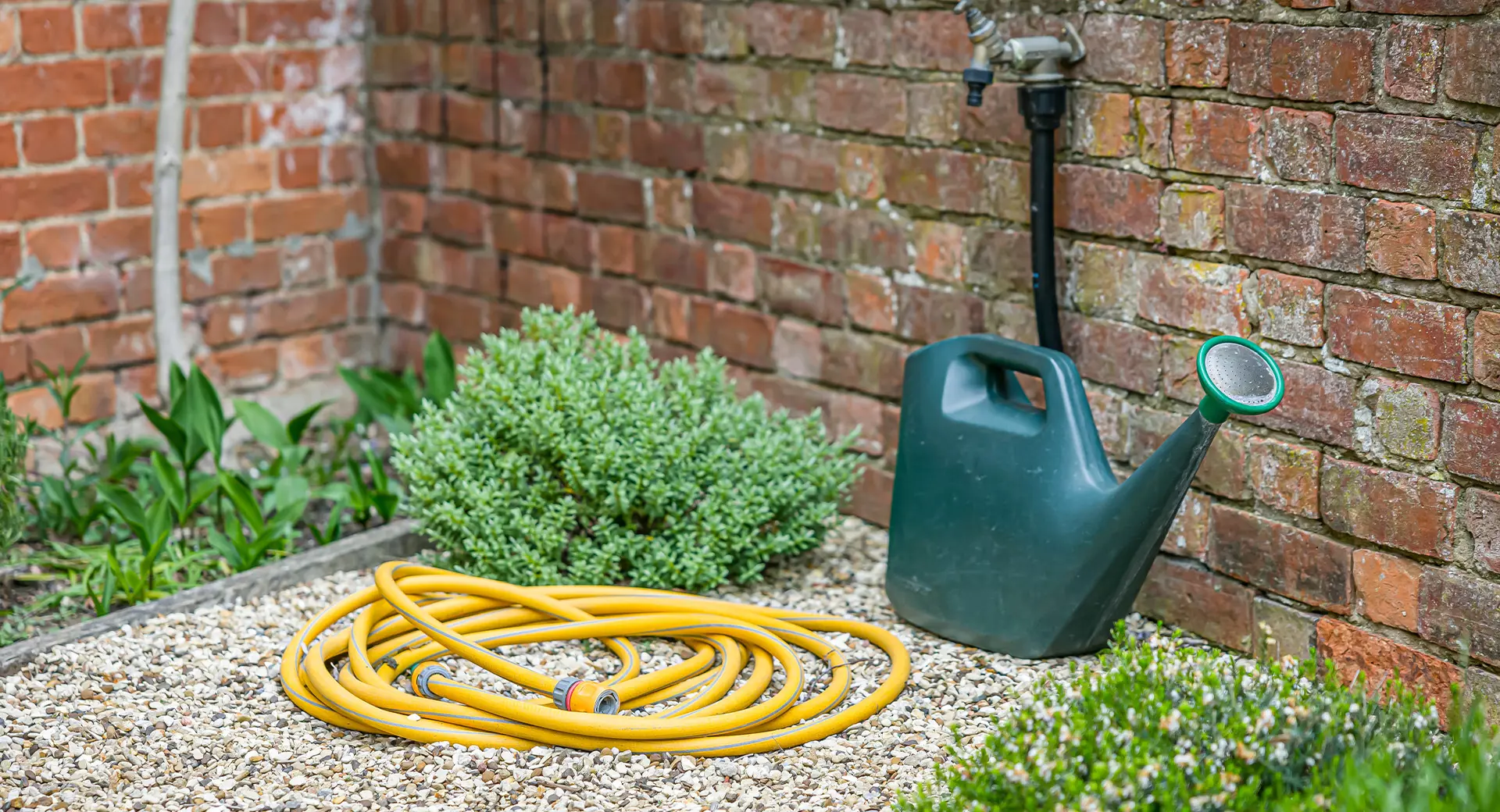
Time your watering
Water plants in the morning before 10am, while the sun is up but not at its hottest. This makes the water less likely to evaporate, which saves water and is also better for your plants. Alternatively, you can water in the evening.
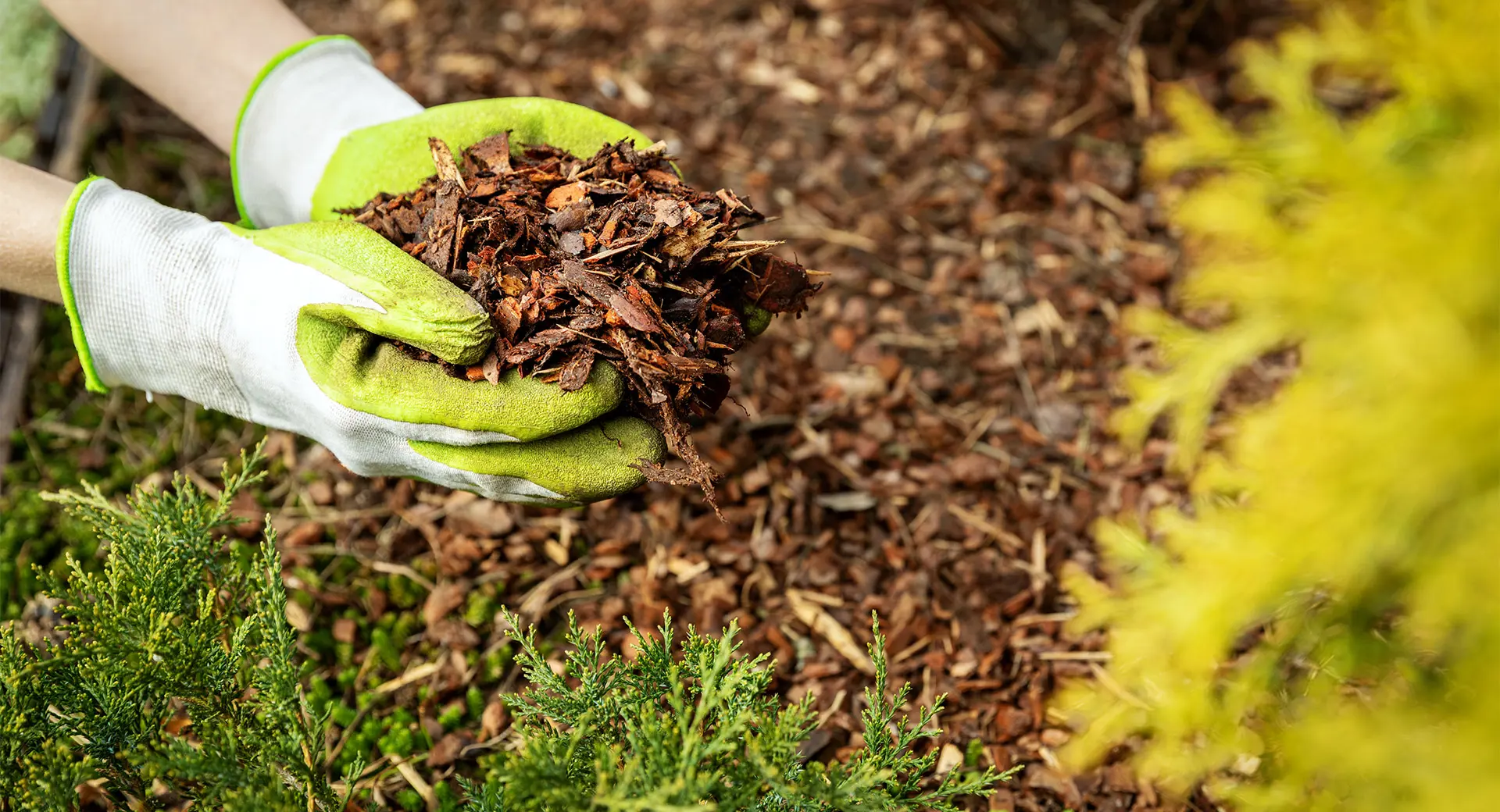
Spread some mulch
Apply a thick layer of mulch, compost or chip bark on your soil between plants. This helps keep the moisture in the soil and also suppresses weeds. You can buy mulch at your local garden centre or even make your own by composting garden waste and kitchen scraps such as vegetable peels and coffee grounds.
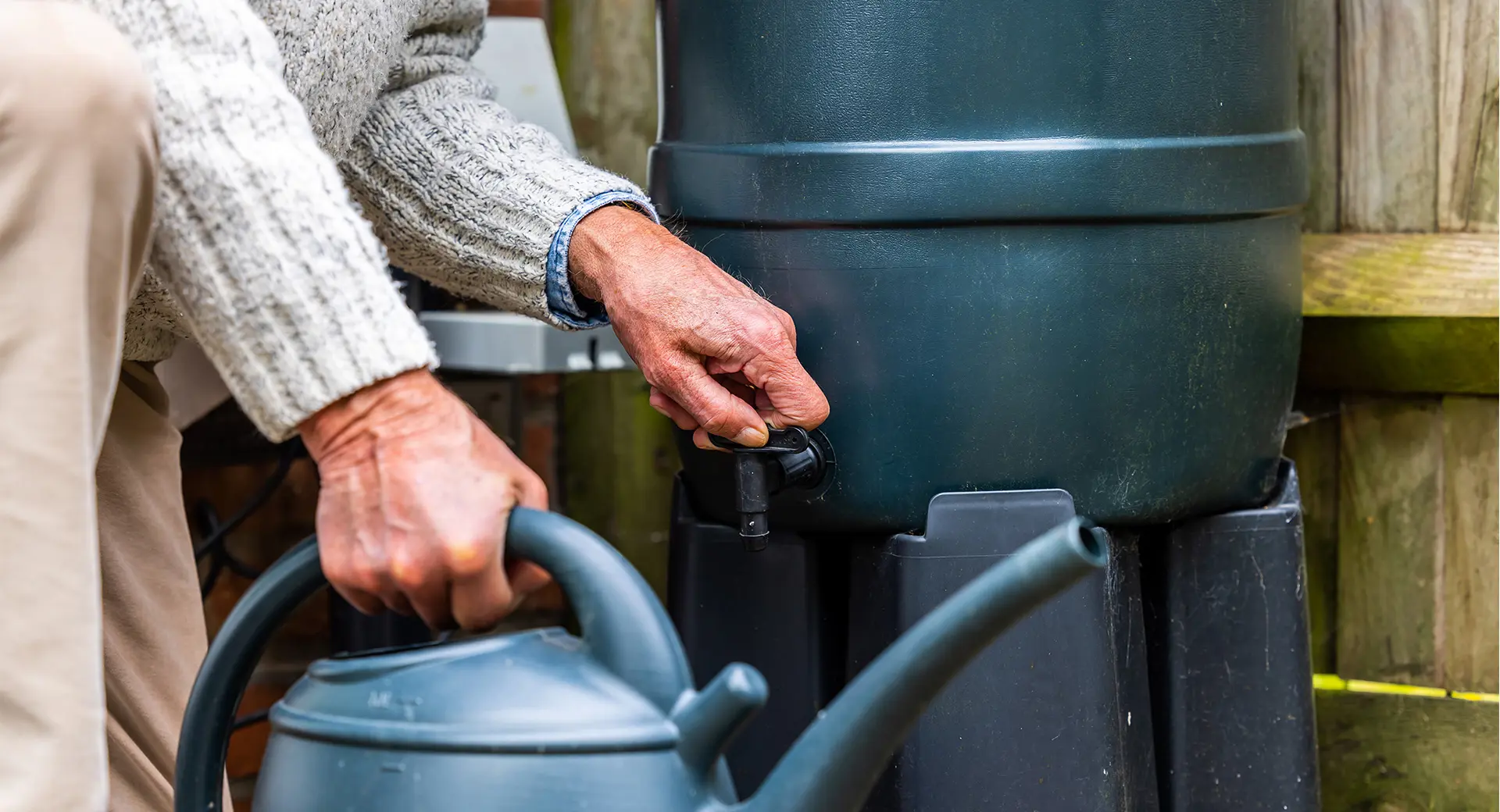
Fit a water butt
A water butt can hold up to 200 litres of water which you can use around your garden. Rainwater is rich in nutrients, so your plants will prefer it to tap water too. If your area is prone to surface flooding, why not benefit from a slow-drain water butt instead?
Create a dry garden with water efficient plants
Did you know that many plants can thrive with minimal watering? These plants are usually ones that are native to warmer climates, so you can create a dry garden that is both beautiful and uses less water.
Reducing the use of storm overflows
Storm overflows are built into our network to prevent sewers from becoming overwhelmed during periods of heavy rainfall, which can cause flooding of homes and businesses.
The most effective way to reduce our reliance on storm overflows is to reduce the amount of rainwater entering the sewers. While our Clean Rivers and Seas Task Force is working hard to achieve this, you can also help out at home.
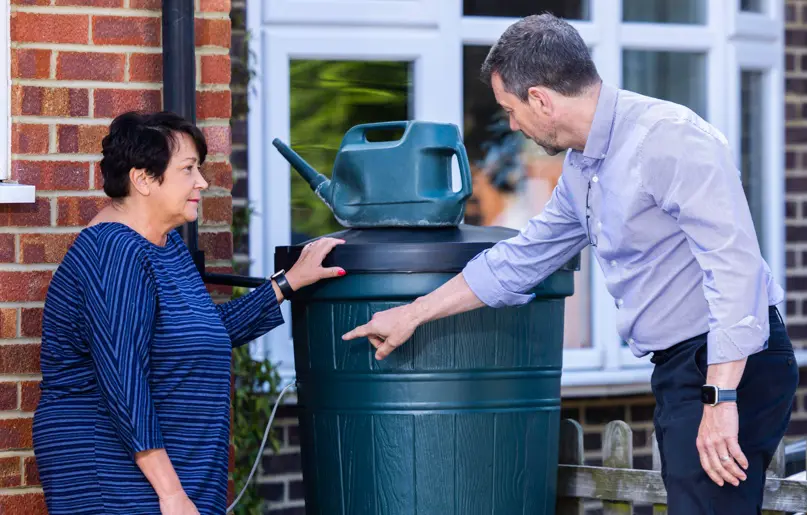
Did you find the information you are looking for?





